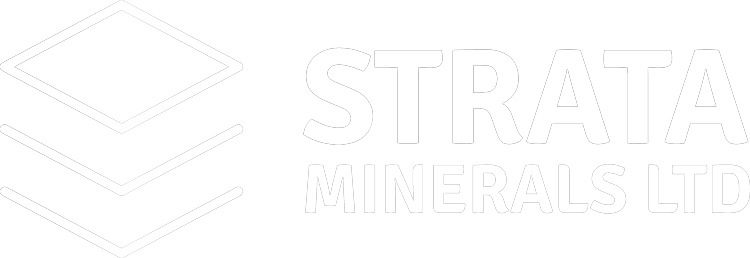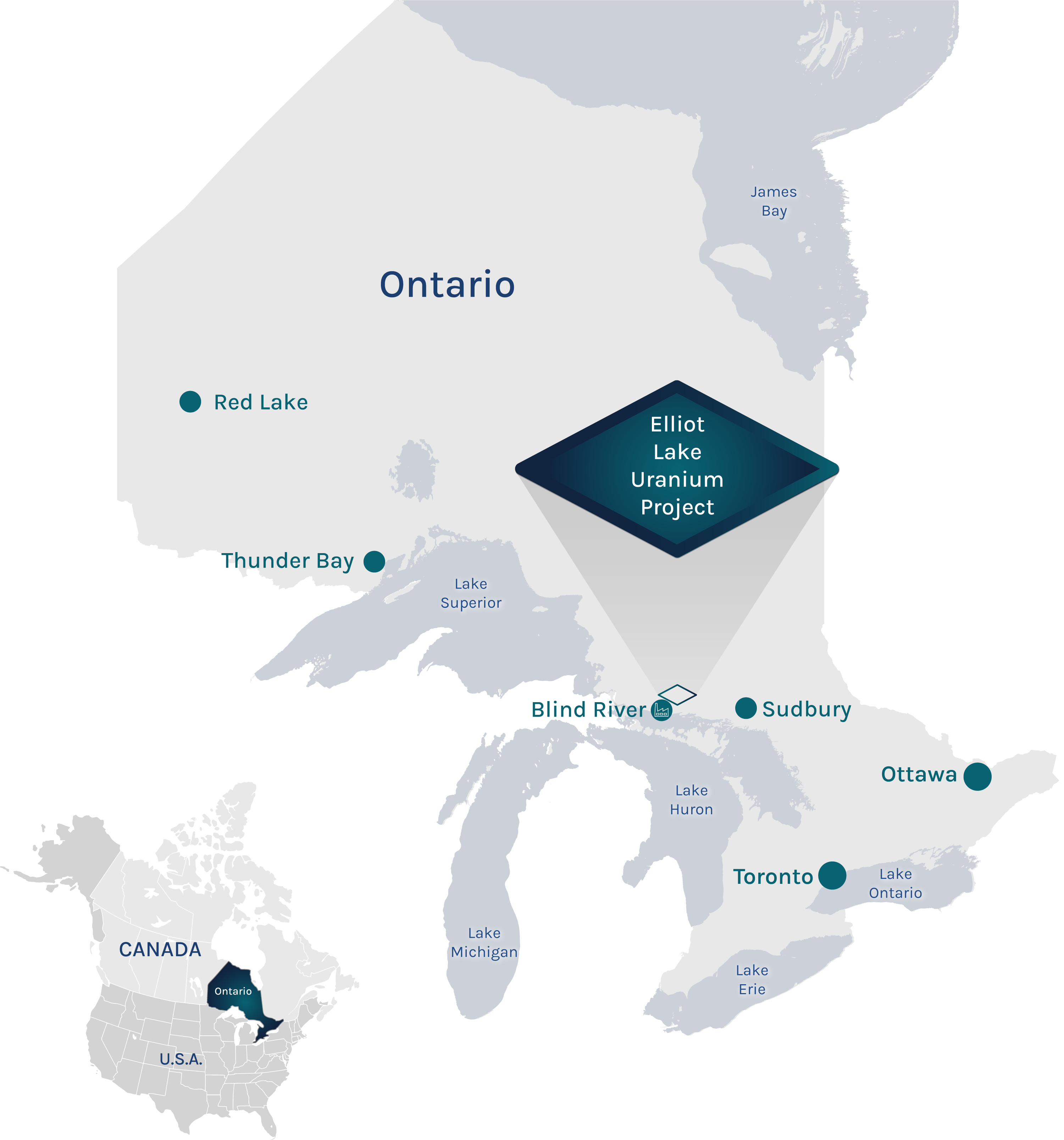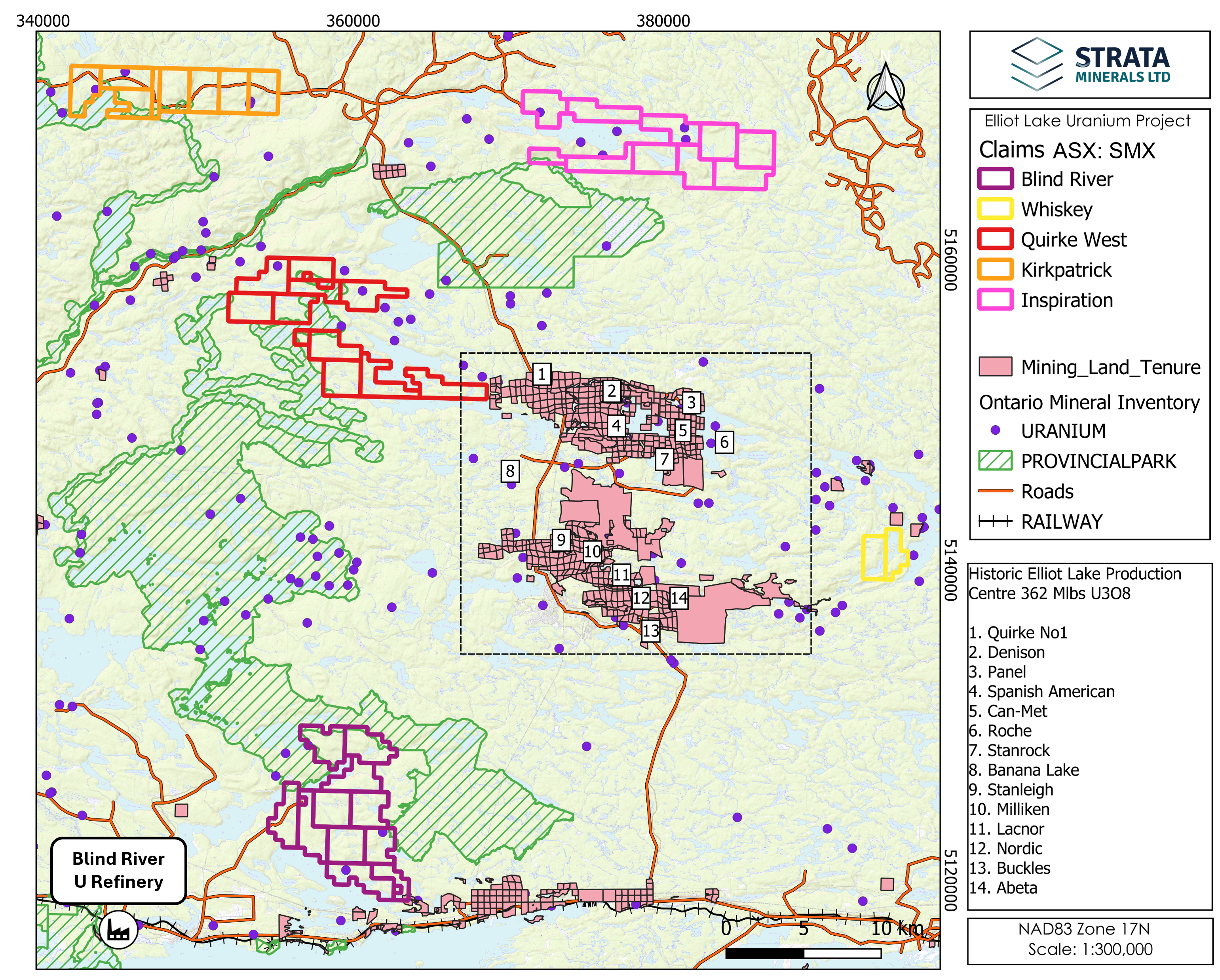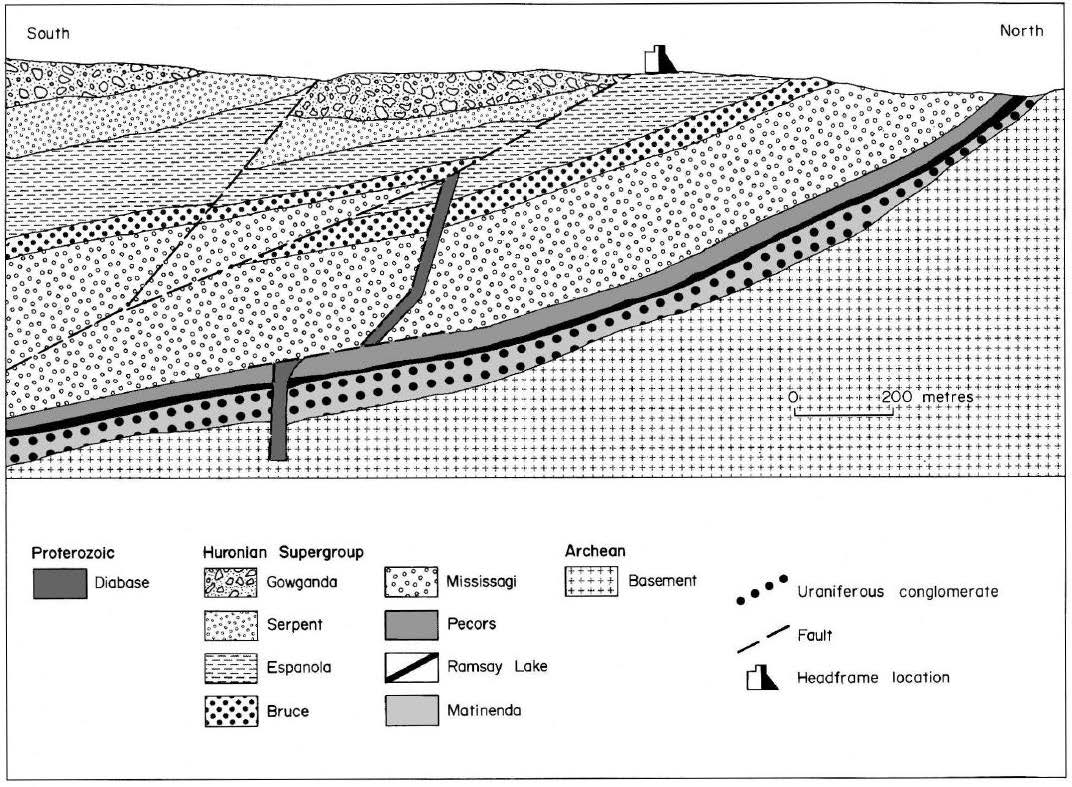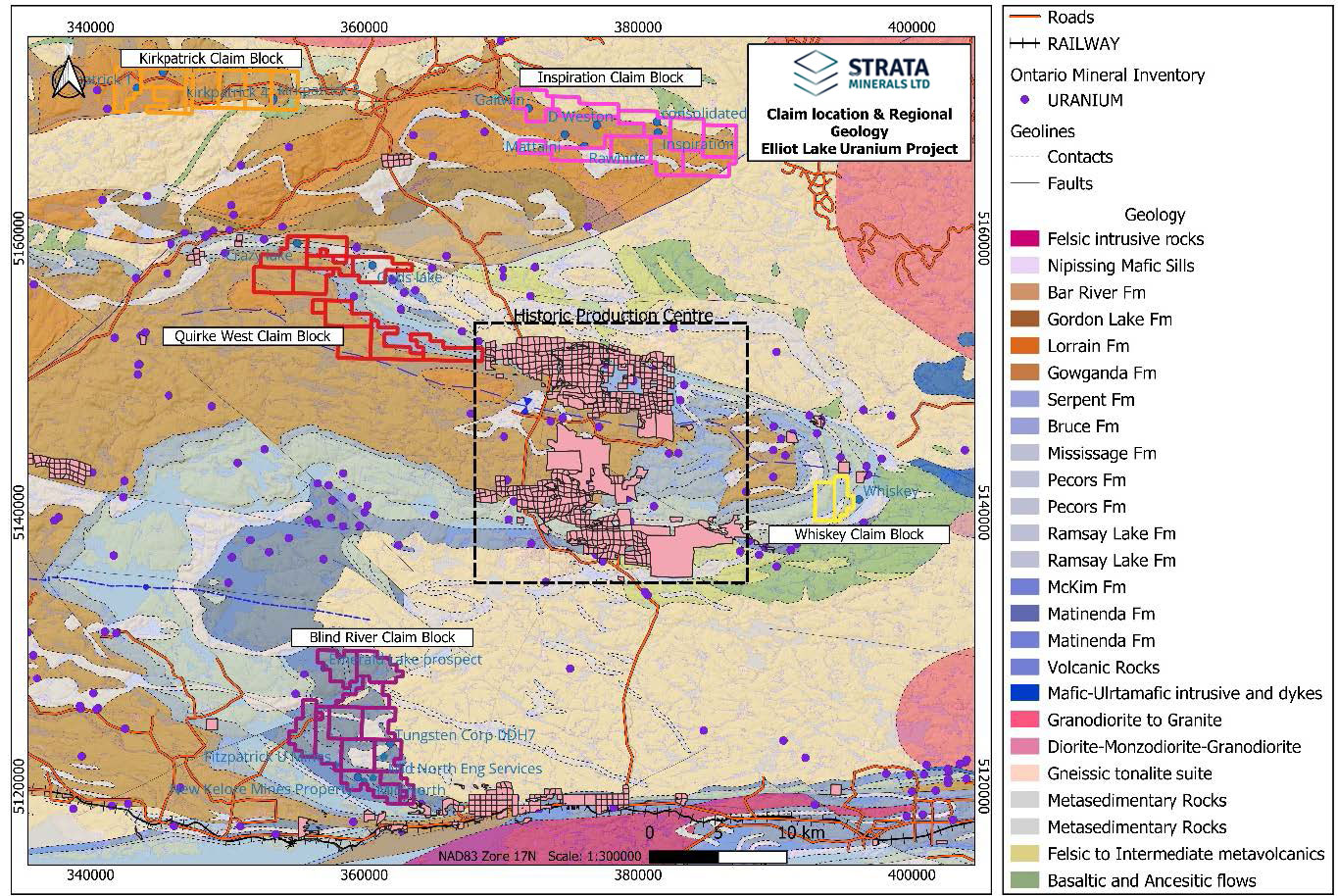
Highlights

Overview
The Elliot Lake Uranium Project (Figures 1 and 2) consists of 5 sub-projects comprising a total of 41 multi-cell mining claims for 180km2
Strata Minerals is targeting conglomerate-hosted uranium and rare earth element (REE) mineralisation along the underexplored interpreted extensions to the historic, major uranium mining centre at Elliot Lake.
The targeted uranium mineralisation style is stratabound and consequently relatively continuous and predictable. The known deposits typically have excellent lateral and down-dip grade and thickness continuity, providing potential for large-scale deposits (Figure 3).
The Project area is considered to have excellent year-round access, is close to infrastructure and service centres, electrical and water supplies and the world’s largest commercial uranium refinery at Blind River (Figure 1), operated by uranium major Cameco Corporation.

Exploration Targets
An initial desktop study (see ASX announcement dated February 21st, 2024) identified several priority targets, all of which are located within broad domains of interpreted and demonstrated uranium prospectivity (Figure 4):
This trend, along strike from the large historic Quirke No 1 mine c. 14 km to the E, covers highly prospective geology, including the extremely well endowed Matinenda Formation (Elliot Lake Group). Historic drilling of this trend has been minimal with only seven drillholes completed with the claim block. The adjacent Flack Lake thrust fault and subsidiary fault structures may have served as pathways for hydrothermal fluids, aiding in overprinting and or enhancing any existing uranium mineralisation.
This trend, potentially developed within the Lorrain Formation (the main uranium host of the Cobalt Group) and marked by the Gaitwin, Mattaini, D. Weston, Rawhide, Consolidated Golden and Inspiration uranium occurrences. Structurally, this trend is interpreted to be developed along an E-W-striking fold limb that is cut by NE-SW-striking cross faults. Drilling has been very limited in this area with only 10+ holes completed over a 17 by 3 km area. Most of these holes were drilled at the Mattaini and Inspiration uranium occurrences.
A potential repetition of the Gaitwin-Mattaini- Rawhide-Inspiration Trend to the E.
Requires a more detailed assessment of previous drilling and available geophysical data to better constrain the local geology and identify clear targets. This work is ongoing.
In addition, uranium prospective open ground identified next to the historic Pronto uranium mine was subsequently staked and is referred to as the Blind River Block (See ASX Announcement dated 30th May, 2024).
The Block contains two historic uranium occurrences, which are described in historic exploration records maintained by the Ontario Geological Survey:
- Tungsten Corp drilling in 1954 intersected uraniferous quartz pebble conglomerate (Ontario Mineral Inventory Record MDI000000001405: Tungsten Corp. DDH 7, Kenmey Property (gov.on.ca)); and
- New Kelore Mines Property drilling in 1955 that intersected uraniferous quartz pebble conglomerate (Ontario Mineral Inventory Record MDI41J02NW00017: New Kelore Mines Property (gov.on.ca)).

